Most feline servants will quickly learn that the expensive and elaborate toys don’t hold a candle to the cardboard box. Cats will scoff at the shiny new toys in disappointment while turning a fluffy tail up at the gift. Cat logic dictates that they must choose the box that it came in over the toy itself. You may get lucky and find a willing cat that plays WITH their new toy inside the box.
What is the appeal of the cardboard box though?
Why does your cat return to the beat-up, flimsy, chewed up box that’s been sitting on the floor for weeks?
If you’re anything like us, the excitement you feel seeing empty boxes in the grocery store may give you pause. You KNOW you are going to bring them home as an offering though. Here’s why these cardboard boxes may be so well received by your cat…elaborate or just basic styles.
Security
The most well know reason is that cats feel safe in boxes. They are predatory, cryptic animals, using the boxes as cover while stalking their pray. These natural instincts can be kept “sharp” in our house cats by providing them this coverage.
When other animals or predators can’t approach them from behind or the sides, they feel safe. This is what a den or cave would provide in the wild. With cats sleeping 18-20 hours a day, they need a safe place to rest their fluffy heads.
Cole missed the memo…
Cardboard Stress Relief
The sense of security your feline feels from the safe space greatly helps reduce their stress. And a stress-free kitty, is a happy kitty!
When cats and kittens are introduced to new locations or other felines, stress levels are sure to rise. This is especially true in a shelter environment or when first adopted. Having a hiding spot can help reduce stress while scoping out their new territory.
Stressed cats can experience many health risks that lead to behavioral issues. These can include urinating outside the litter box, over-grooming, digestive issues, depression and aggression. If a simple box can help avoid these issues, I’ll happily cover my home with them!

Photo property of Cole and Marmalade ~ What happens when Jess leaves Chris alone with a stack of boxes
Avoiding Conflict With Cardboard
We laughingly admit that we “talk” to our feline companions and are sure they are responding to us. But cats by nature, cannot simply talk through an issue or discuss their problems with other felines. They tend to retreat to their comfort zone, avoiding conflicts instead.
Running from your problems isn’t recommended for most humans, but for the feline, it can provide much needed time to “cool down”. In their happy place, their anger and anxiety ideally melts away.
Unless you are Jugg and Zig Zag and use the box as a wrestling ring!
The only issue here is that if your cat begins spending TOO much time in isolation, other issues may arise. Be sure to show them lots of love and attention so they know the outside world isn’t such a bad place.
Insulation
Cardboard does a wonderful job of retaining body heat…something our sunbeam-soaked cats crave. The average body temperature for felines is between 99-102.5 degrees F.
In 2006, the National Research Council reported that the thermoneutral zone for a domestic cat is 86 to 97 degrees Fahrenheit.
“That’s the range of temperatures in which cats are “comfortable” and don’t have to generate extra heat to keep warm or expend metabolic energy on cooling. That range also happens to be 20 degrees higher than ours, which explains why it’s not unusual to see your neighbor’s cat sprawled out on the hot asphalt in the middle of a summer day, soaking in the sunlight.”
With most humans enjoying a comfortably cool 72 degrees in their homes, this can be quite chilly for our furry friends. Cardboard boxes help provide insulation to help them retain their body heat, no matter the time of day.
Stimulating Smells
This theory can be traced back to natural feline instincts before they were (happily) domesticated. Primarily living outdoors and hunting in the wild, most of their food sources came from wooded areas.
Simply, forests have trees, paper is made from tree pulp, cardboard is made from paper.
The smells associated with paper may remind them of these desirable wooded areas. Although cats are obligatory carnivores, meaning they must have meat to survive, plants can be enticing too. Some believe that cats crave a more fibrous texture plants provide. The smell of the plant based cardboard gets those taste buds tingling. I know we’ve had many a box here decorated with “FANGtastically decorated edges” courtesy of the cats.
Enrichment
A bored cat can be a dangerous thing. When your feline doesn’t have a stimulating environment, they can go looking for it in unwanted ways. This can lead to destructive behaviors, aggression, depression – in many ways the same as a stressed cat.
Boxes can provide the needed enrichment to avoid this. Any number of amazing cardboard creations can keep your felines…and humans…busy for days!
Remember, when planning out your cardboard enrichment projects keep your cats natural instincts in mind. Don’t create spaces with no escape route(s). The last thing you want is your cat to be trapped and scared.
There is no right or wrong on the size of boxes your cats will like.
All cats are different and may lose interest after fully exploring their new territory. Try spreading some catnip around or adding clothing with your scent on it to spice things up.
Fortunately boxes can be recycled and are always available. Be sure to remove any dangerous objects from them before giving your cats access. Tape should be secured or trimmed, and staples and string should be removed. Also, it’s a good idea to wipe down the boxes to clean any small particles from them. If painting your boxes, ALWAYS use non-toxic paints.
Now you know boxes aren’t just your cats way of ignoring their beds, toys and gifts. Honor your feline overlords with a cardboard creation; no special occasion required!
Cardboard Creation Video: EPIC DIY Gingerbread House for Cats!
Box Video #1: A Cat’s Guide to Boxes
Box Video #2 (Baby Marmalade<3): Play-Kitty Mansion!


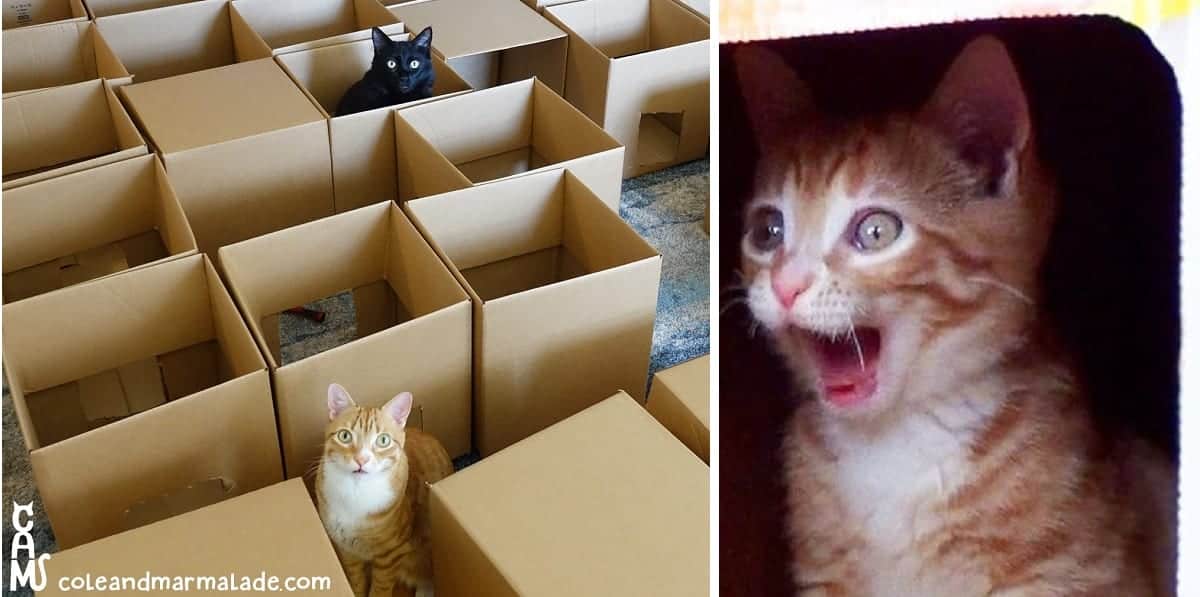

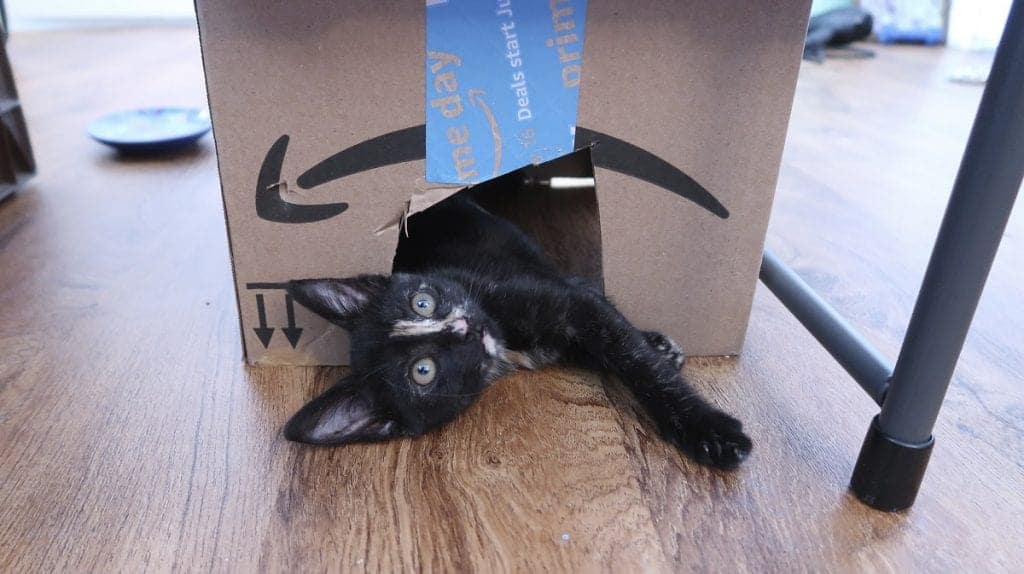

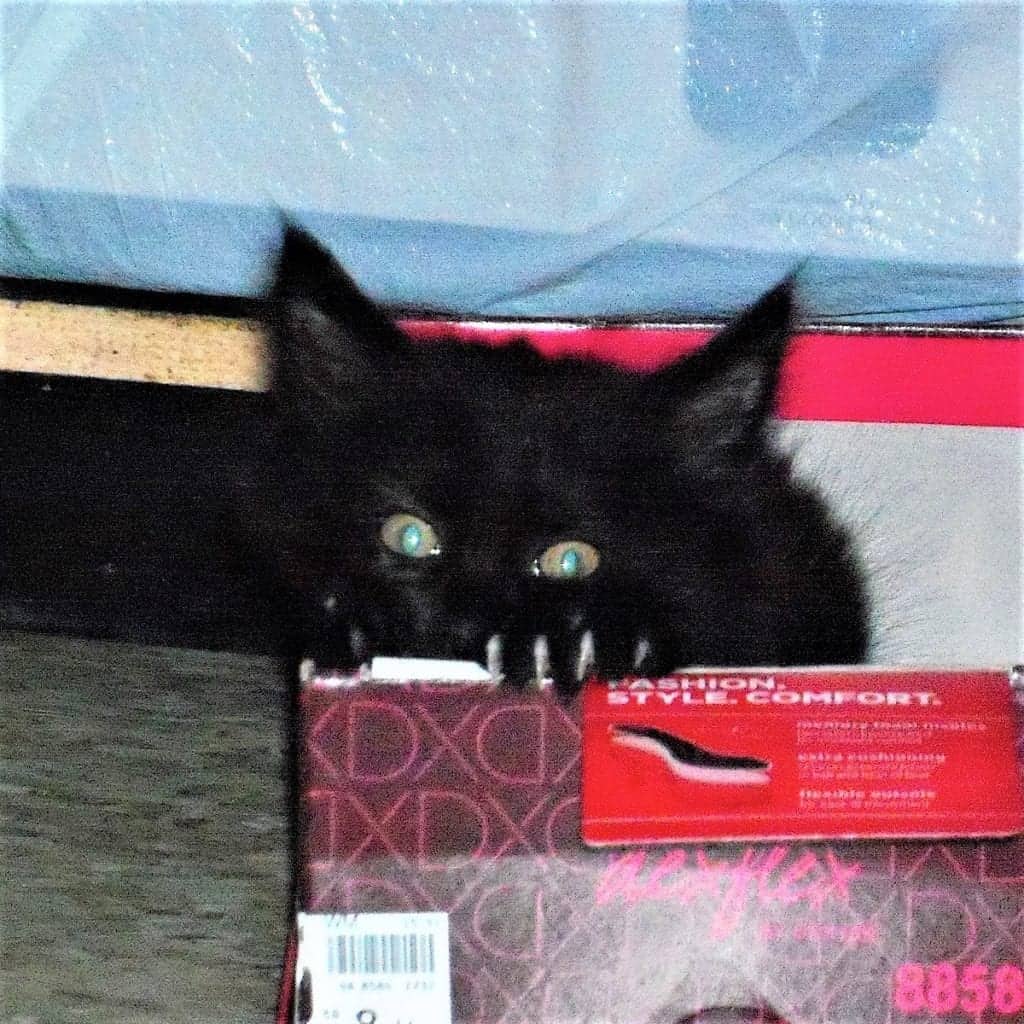



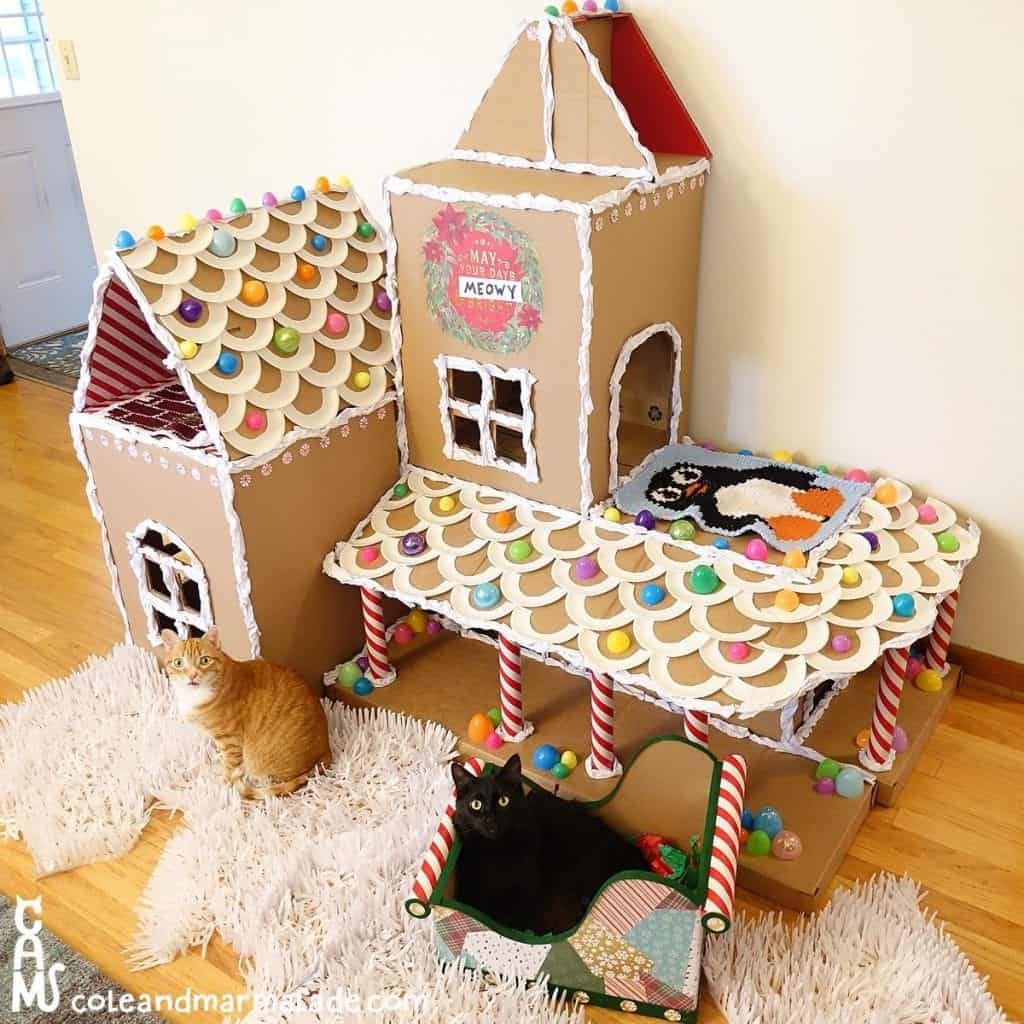




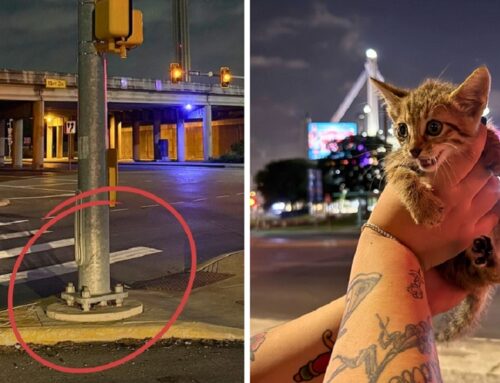
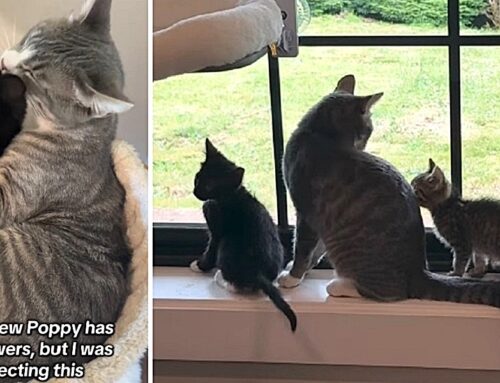
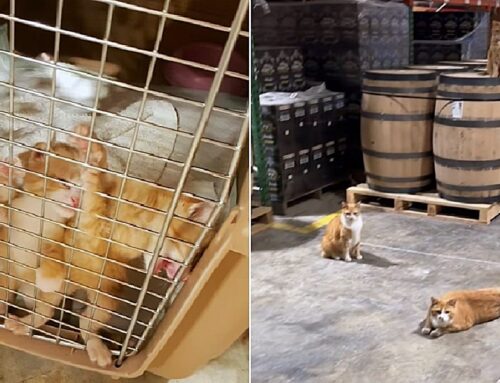



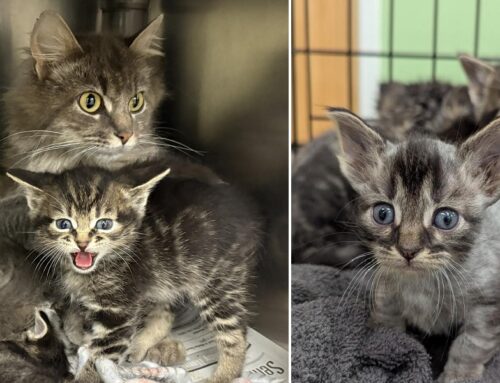
sadly, boxes START conflict in our house…everyone wants to sit in the same one!! cheers anyways!
That one long play, in Kitty Mansion would have been worth all the effort of making it! It was lovely to see too, that no expensive, imported edifice with fur & rope fixtures was required; just cardboard, tape, love,effort & imagination for a lifetime of Kitty Appreciation!